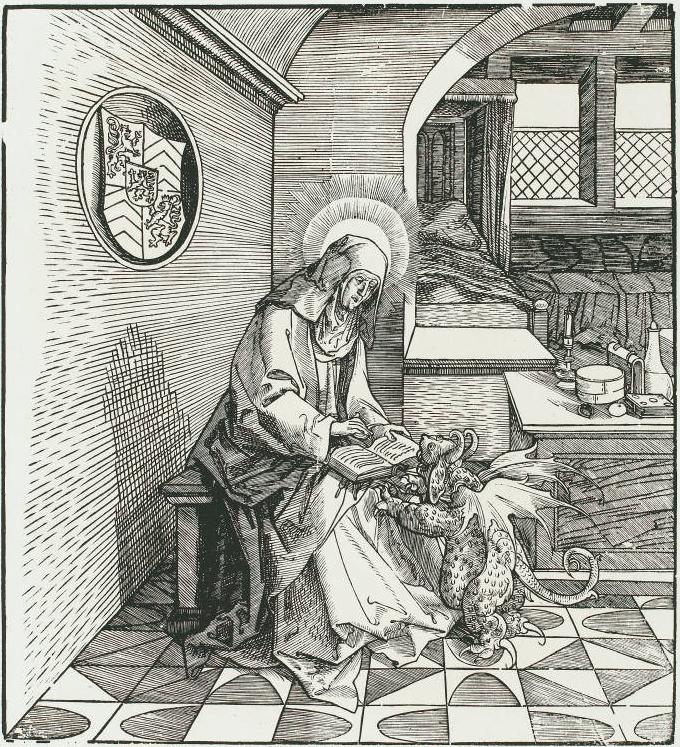Maubeuge Abbey on:
[Wikipedia]
[Google]
[Amazon]
 Maubeuge Abbey (; ) was a women's monastery in
Maubeuge Abbey (; ) was a women's monastery in
''Towards a Prosopography of the 'Maubeuge Cycle' Saints'' (PDF)
Maubeuge municipal website: The Chapter
{{DEFAULTSORT:Maubeuge, Abbey of Christian monasteries established in the 7th century Double monasteries Benedictine nunneries in France Buildings and structures in Nord (French department) Augustinian monasteries in France Monasteries of Canonesses Regular 1791 disestablishments in France Monasteries destroyed during the French Revolution Monasteries dissolved during the French Revolution 661 establishments Churches completed in the 660s 7th-century churches in France
 Maubeuge Abbey (; ) was a women's monastery in
Maubeuge Abbey (; ) was a women's monastery in Maubeuge
Maubeuge (; historical or ; ) is a Communes of France, commune in the Nord (French department), Nord Departments of France, department in northern France.
It is situated on both banks of the Sambre (here canalized), east of Valenciennes and ab ...
, in the County of Hainaut
The County of Hainaut ( ; ; ; ), sometimes spelled Hainault, was a territorial lordship within the medieval Holy Roman Empire that straddled the present-day border of Belgium and France. Its most important towns included Mons, Belgium, Mons (), n ...
, now northern France, close to the modern border with Belgium. It is best known today as the abbey founded by St. Aldegonde, still a popular figure of devotion in the region. It is thought to have possibly been where the young Jan Gossaert, a Renaissance
The Renaissance ( , ) is a Periodization, period of history and a European cultural movement covering the 15th and 16th centuries. It marked the transition from the Middle Ages to modernity and was characterized by an effort to revive and sur ...
-era painter known as Jan Mabuse, was educated, claimed by some to have been a native of the town of Maubeuge
Maubeuge (; historical or ; ) is a Communes of France, commune in the Nord (French department), Nord Departments of France, department in northern France.
It is situated on both banks of the Sambre (here canalized), east of Valenciennes and ab ...
, which grew up around the abbey.
History
Initially founded as a double monastery, that is, a community of both men and women, this abbey was founded in 661 for the care of the sick by the young Aldegonde, who was abbess there until her death in 684, and was also buried there. She was succeeded as abbess by her two nieces, first Aldetrudis and then Madelberte. The abbey soon became a monastery of women, following theRule of St. Benedict
The ''Rule of Saint Benedict'' () is a book of precepts written in Latin by Benedict of Nursia, St. Benedict of Nursia (c. AD 480–550) for monks living communally under the authority of an abbot.
The spirit of Saint Benedict's Rule is summed up ...
. St. Amalberga of Maubeuge became a member of the community later in the eighth century.
Maubeuge was designated a royal abbey in 864, under the Treaty of Meersen, which divided Lotharingia
Lotharingia was a historical region and an early medieval polity that existed during the late Carolingian and early Ottonian era, from the middle of the 9th to the middle of the 10th century. It was established in 855 by the Treaty of Prüm, a ...
. In the eleventh century the abbess was a powerful local figure.Gerda Lerner, ''The Creation of Feminist Consciousness: From the Middle Ages to Eighteen-seventy'' (1994), p. 25.
At a later date the community changed its observance to the less severe Rule of St. Augustine and the religious, formerly nuns, became styled canonesses regular. A distinctive part of the religious habit
A religious habit is a distinctive set of clothing worn by members of a religious order. Traditionally, some plain garb recognizable as a religious habit has also been worn by those leading the religious Hermit, eremitic and Anchorite, anchorit ...
they adopted was a gold medal, bearing an image of St. Aldegonde in enamel, suspended on a blue cord tied with a gold tassel.
The abbey was dissolved in 1791 during the French Revolution.
Abbesses
* Aldegonde (661 - 684 †) * Aldetrude (684 - nk) * Madelberte (nk - 705 † ) * Théotrade (nk - 935 †) * Ansoalde (1012) * Guiscende (1106) * Fredescente (1106) * Chrestienne (1138) * Frehesecende (1149) * Liduide (1171, during a vacancy) * Chrestienne or Christine (1173) * Ermengarde (1175) * Emme (1177–1202) * Eusile (1213) * Eusile (1235–1245) * Marguerite de Fontaine (1247–1278) * Elizabeth (1278–1292) * Béatrix de Faukemont (1292–1339) * Marie de Faukemont (1351–1371) * Gertrude de Trazegnies (1381–1429) * Marguerite de Gavre, called d'Hérimez (1429 - 1443 †) * Péronne de Landas (1444–1467) * Iolende de Gavre (1468–1482) * Antoinette de Hénin-Liénard, called de Fontaine (1483) * Michelle de Gavre (1507–1547) * Françoise de Nouvelle (1548 - 1557 †) * Marguerite de Hinckart (1558 - 1578 †) * Antoinette de Sainzelle (1581–1596) * Christine de Bernaige (1599–1624) * Bonne de Haynin (1625–1643) * Marie de Noyelles (1644 - 1654 †) * Marguerite d’Oignies (1655) * Ferdinande de Bernaige (1660–1669) * Anne-Chrétienne de Beaufort (1672–1698) * Claire-Hyacinthe de Noyelles (1699–1719) * Izabelle-Philippine de Hornes (1719–1741) * Marie Thérèse Charlotte de Croï (1741–1774) * Adrienne-Florence de Lannoy (1775–1791)References
Sources
*Moreira, Isabel (2000), ''Dreams, Visions, and Spiritual Authority in Merovingian Gaul'', Appendix B, ''The Earliest Vitae of Aldegund of Maubeuge''External links
''Towards a Prosopography of the 'Maubeuge Cycle' Saints'' (PDF)
Maubeuge municipal website: The Chapter
{{DEFAULTSORT:Maubeuge, Abbey of Christian monasteries established in the 7th century Double monasteries Benedictine nunneries in France Buildings and structures in Nord (French department) Augustinian monasteries in France Monasteries of Canonesses Regular 1791 disestablishments in France Monasteries destroyed during the French Revolution Monasteries dissolved during the French Revolution 661 establishments Churches completed in the 660s 7th-century churches in France